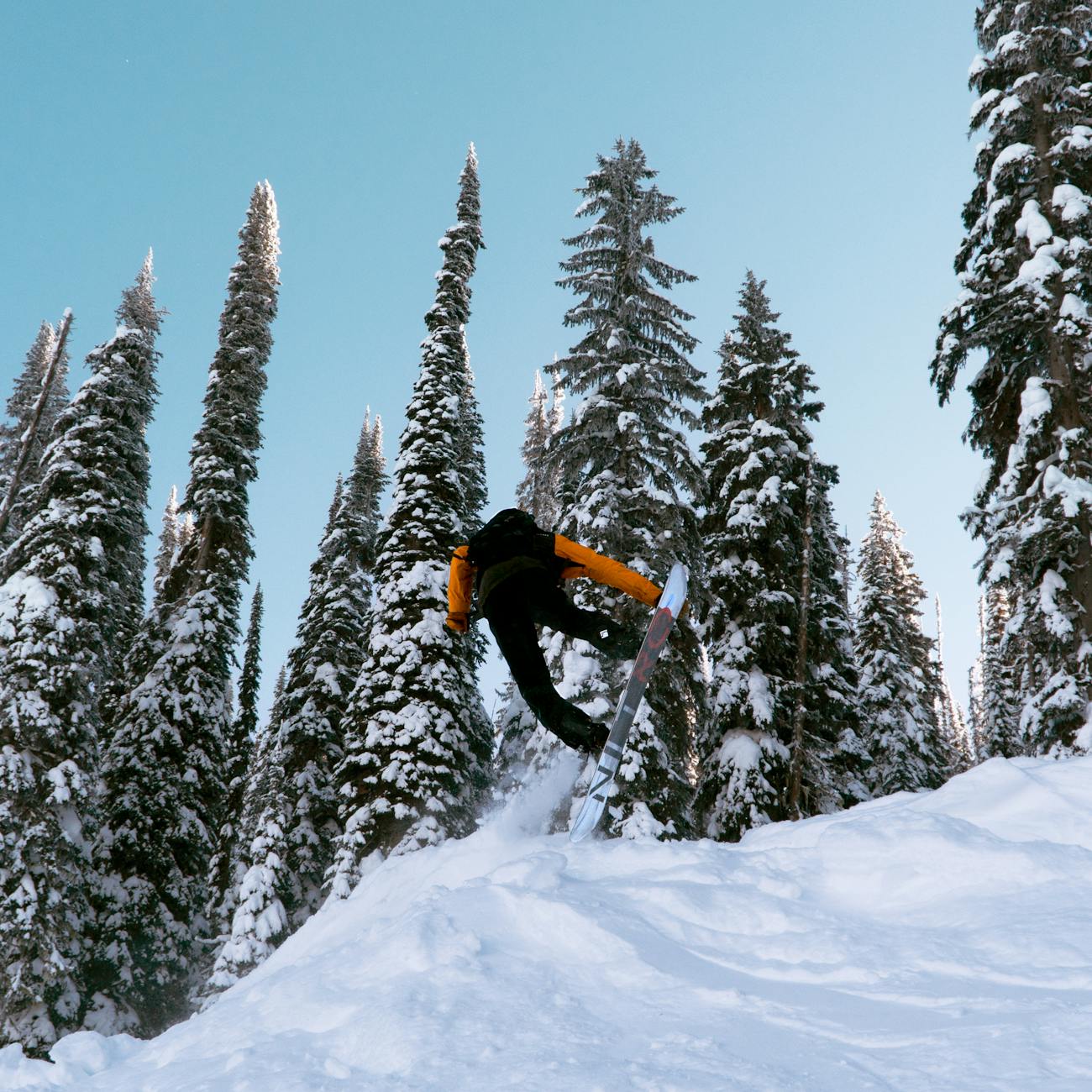- Introduction
- Backcountry Snowboarding: An Overview
- The Essential Skill
- How It Saves Lives
- Practical Tips for Mastery
- Final Thoughts
- FAQs
Introduction
Backcountry snowboarding opens a world of adventure beyond the boundaries of groomed slopes, drawing thrill-seekers into pristine wilderness. While the allure of untouched powder is irresistible, it also carries significant risks that every rider must acknowledge. Amidst the excitement lies one essential skill that can mean the difference between life and death in a perilous situation.
Learning this fundamental skill not only enhances your experience but also equips you with the tools needed for safety and survival. In this post, we’ll explore what this pivotal skill is, why it’s crucial, and how mastering it can empower anyone to face the challenges of the backcountry confidently.
Backcountry Snowboarding: An Overview
Engaging in backcountry snowboarding provides a unique opportunity to connect with nature in an exhilarating way, offering sweeping landscapes and untouched snow that are simply unparalleled. This discipline involves venturing into off-piste terrain, where snow conditions vary and unpredictable elements play a significant role in shaping your experience. Unlike resort skiing, backcountry locations often lack the safety measures and patrols present on established slopes.
Riders must navigate through forests, fields, and sometimes risky avalanche zones, leading to a thrilling yet challenging adventure. Consequently, being aware of potential hazards and mastering specific skills becomes imperative. Every snowboarding enthusiast should educate themselves about how to stay safe and make informed decisions in unfamiliar terrains, ensuring that each thrilling descent is also a secure one.
The Essential Skill
The one skill that stands out as paramount in ensuring safety while snowboarding in the backcountry is avalanche awareness and rescue techniques. This proficiency goes beyond just understanding the terrain; it encompasses identifying danger signs, utilizing appropriate equipment, and executing rescue protocols effectively. The ability to recognize the potential for avalanches is critical as it allows riders to avoid dangerous areas and make informed choices regarding their routes.
Moreover, mastering rescue techniques could mean the difference between life and death for a companion caught in an avalanche. Knowing how to use avalanche beacons, probes, and shovels, along with practicing these skills in controlled environments, can prepare individuals for that unimaginable moment when a friend is in peril. Avalanche education can dramatically improve decision-making and provide the necessary confidence to tackle backcountry terrain mindfully.
How It Saves Lives
Avalanches can strike suddenly and with devastating force, so being equipped with avalanche awareness skills can tremendously affect your safety. Understanding snowpack stability and recognizing early warning signs can immensely reduce the risk of triggering an avalanche. For instance, knowing when the snow is unstable due to temperature fluctuations or recent snowfall patterns can help pilots make savvy decisions on where to ride.
In the event that an avalanche does occur, the skills learned in proper training could save a life. Within just minutes, buried victims may be left with only a limited supply of air, making every second count. Being familiar with effective search techniques and having practiced rescue scenarios ensures that those involved are ready to act when time is of the essence. Lives can be saved by knowing how to deploy equipment swiftly and efficiently in high-pressure situations, leading to faster extrication in life-threatening circumstances.
Practical Tips for Mastery
To cultivate your avalanche survival skills, it’s essential to start with comprehensive training. Seek out certified avalanche safety courses conducted by experienced instructors who can provide valuable insights into snow science and rescue techniques. Practicing with equipment regularly will familiarize you with their usage and enhance your confidence.
Additionally, always ride with a partner and maintain clear communication about your route and plans. Equipped with a shovel, beacon, and probe, having two sets of gear available can significantly boost the chances of a successful rescue should an emergency arise. Familiarize yourself with your equipment before heading out, so it becomes second nature when the pressure is on. Lastly, always consult up-to-date reports from avalanche forecasting services, as local conditions can change rapidly and influence your safety.
Empowering Your Backcountry Experience
Ultimately, embracing backcountry snowboarding involves recognizing the inherent risks and preparing oneself with essential skills for safety. The focus on avalanche awareness and rescue techniques is not merely a recommendation; it is a vital investment in both your life and the lives of those who join you in adventure. By establishing a solid understanding of avalanche dynamics and maintaining proficiency with rescue equipment, each ride transforms from a mere thrill-seeking pursuit into a responsible, well-prepared exploration of nature’s stunning beauty.
Daring souls embarking on snowy expeditions can relish their journeys knowing they have equipped themselves with the skills to confront any challenges that may arise. As you prepare for your next excursion, reflect on the life-saving knowledge at your disposal, and embrace the unparalleled joy of the backcountry confidently.
FAQs
What is avalanche awareness?
Avalanche awareness involves understanding the conditions that lead to avalanches, identifying warning signs, and being equipped with skills for rescue in the event of an avalanche occurrence.
Why should I take an avalanche safety course?
Participating in an avalanche safety course provides essential knowledge, skills, and confidence you need to navigate challenging terrains safely and effectively, empowering you to make informed decisions.
How often should I practice rescue techniques?
Regular practice is crucial; it is recommended to rehearse rescue techniques at least once a season or whenever new equipment is acquired, ensuring that responding to emergencies becomes routine.
What gear is essential for backcountry snowboarding?
Key gear includes an avalanche beacon, probe, shovel, proper clothing layers, protective gear, and a first-aid kit. Always ensure your equipment is in good working order prior to any trip.
Can I snowboard in the backcountry alone?
While solo snowboarding is not advisable due to safety risks, if you do choose to go alone, ensure you are well-trained, adequately equipped, and aware of local conditions before heading out.
Image Credit: Pexels
